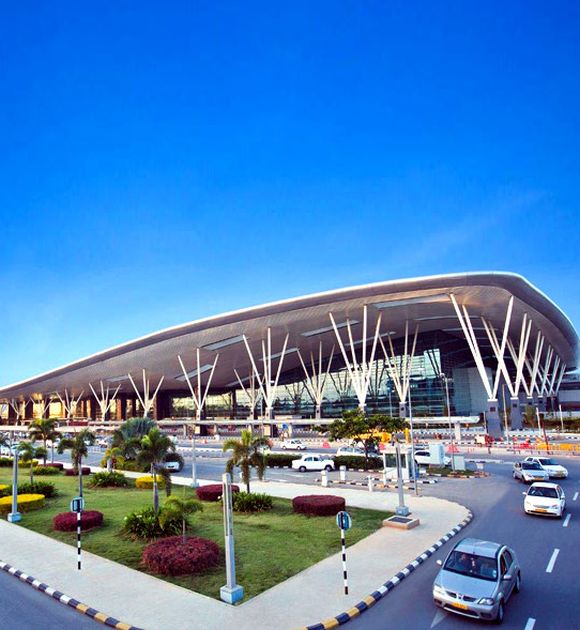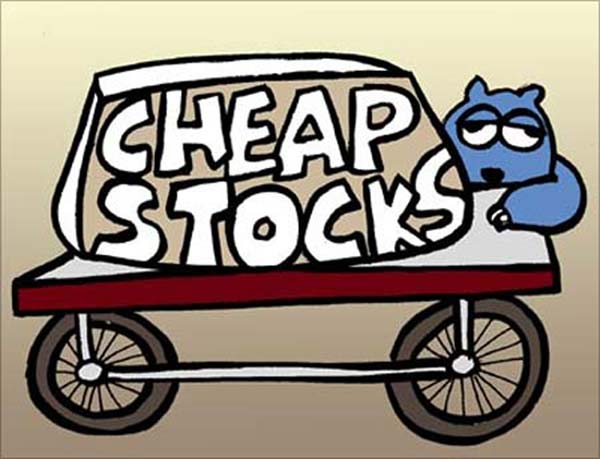 | « Back to article | Print this article |
Invest in infrastructure to get good returns
The Sensex has gained almost 10 per cent from May 15 till date, while the CNX Infrastructure Index has gained almost 17 per cent in the period.
The price to earnings (P/E) ratio of the BSE Sensex is 18.96; for the CNX Infrastructure Index, it is 24.57.
The estimated P/E for next year is 14.04 for the Sensex. Of the 24 companies that make up the CNX Infrastructure Index, six have a P/E higher than 20. Does this mean infrastructure is fairly valued? Or, has it run up quite a bit?
According to experts, barring stray companies, the infra sector is fairly valued and it is a good time to invest.
Aviral Gupta, fund manager, Mynte Advisors, says even if some companies are facing debt restructuring problems, once interest rates come down and regulatory norms become flexible, they will start giving good returns.
Please click NEXT to read more...
Invest in infrastructure to get good returns
"The infra sector broadly includes real estate, steel and cement companies. The kind of plans the government has will definitely help such companies,'' he says.
The higher demand for roads, airports, power and ports, essential for the economy to grow from the current levels of five to six per cent yearly to eight to nine per cent, and recent regulations that allow banks to raise long-term funds through bonds to lend to infra companies, are some reasons that are positive for the sector, says Jyotheesh Kumar, executive vice-president and business head, HDFC Securities.
"While the sector was languishing for a long time, today it is an avenue for long-term capital appreciation. Engineering and construction sectors will become buoyant,'' says Kumar.
Please click NEXT to read more...
Invest in infrastructure to get good returns
However, for meaningful returns, investors must have a long-term investment horizon.
While Gupta says it should be a minimum of three years, Kumar says it should be even longer, at 10-15 years. "One should look at the payment cycles and cash flows for infrastructure companies,'' he says.
For retail investors, is there a case for investing in pure infra mutual funds or will diversified equity funds be enough? According to Value Research, the one-year return for equity infra funds is 57.27 per cent; for equity large-cap funds, it is 35.53 per cent.
Take the examples of HDFC Infrastructure Fund, which has assets under management (AUM) of Rs 996 crore, and HDFC Equity Fund, the largest equity diversified fund, with an AUM of Rs 12,886 crore.
According to data from Value Research, 19 companies are common to both portfolios. HDFC Infra has given better returns up to a one-year period. Over more than a year, HDFC Equity has given better returns. For instance, HDFC Infra has given 29.77 per cent over three months, 61.4 per cent over six months, 74.92 per cent over one year, 8.17 per cent over three years and 10.27 per cent over a five-year period.
Please click NEXT to read more...
Invest in infrastructure to get good returns
HDFC Equity has given 22.4 per cent over three months, 40.55 per cent over six months, 57.23 per cent over a year, 14.64 per cent over three years and 18.45 over a five-year period.
Similarly, UTI Infrastructure Fund, the largest infra fund, with an AUM of Rs 1,522.5 crore, has 10 companies in common with HDFC Equity. Kumar says there is no pressing reason for getting into pure infra funds.
"Investors must take the effort to find out the composition of the fund. Very often investors have funds with same characteristics from different fund houses, simply because the fund has been sold to them. But instead, it will suffice if they top-up (increase the investment) their existing funds," he explains.



